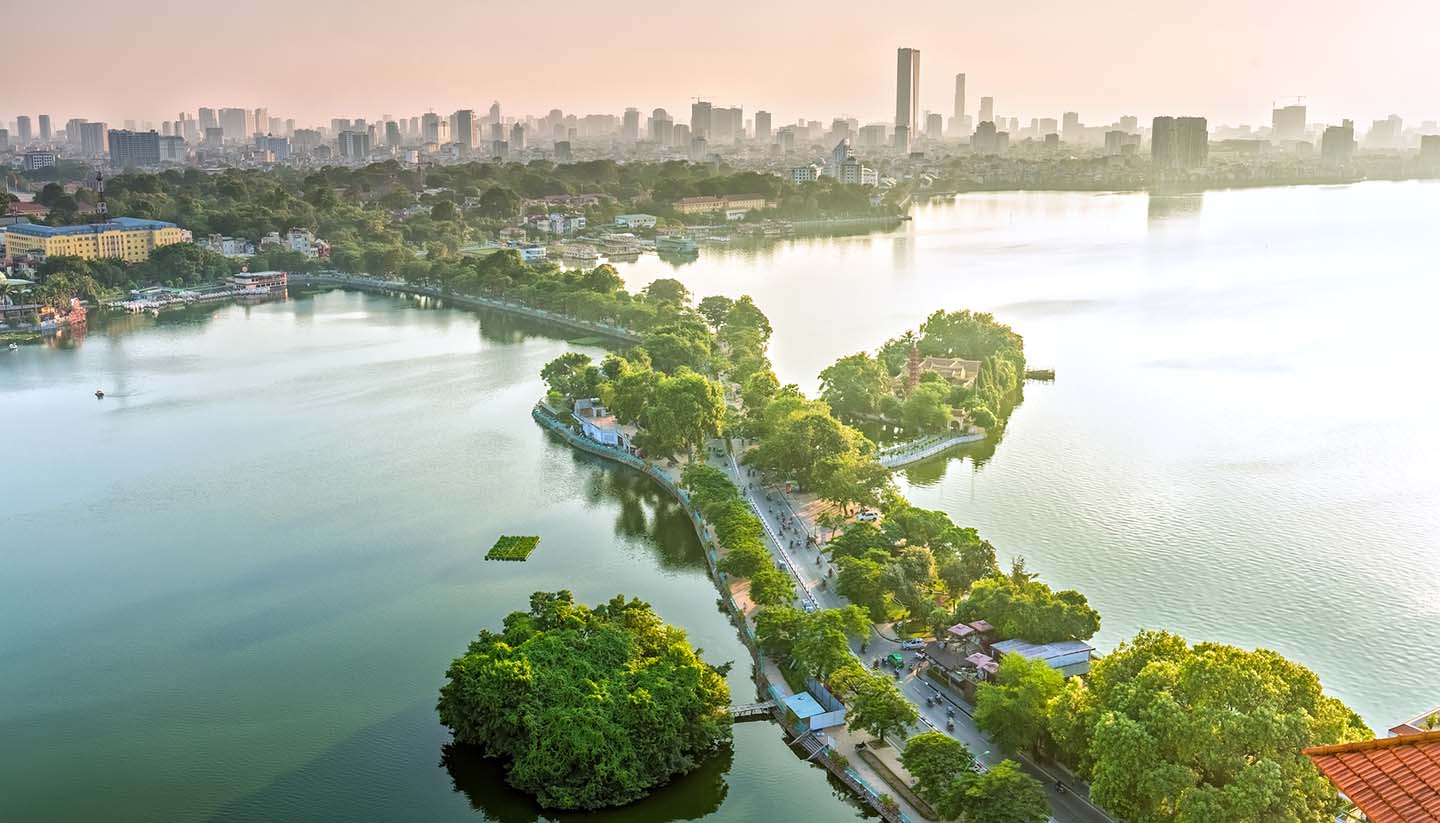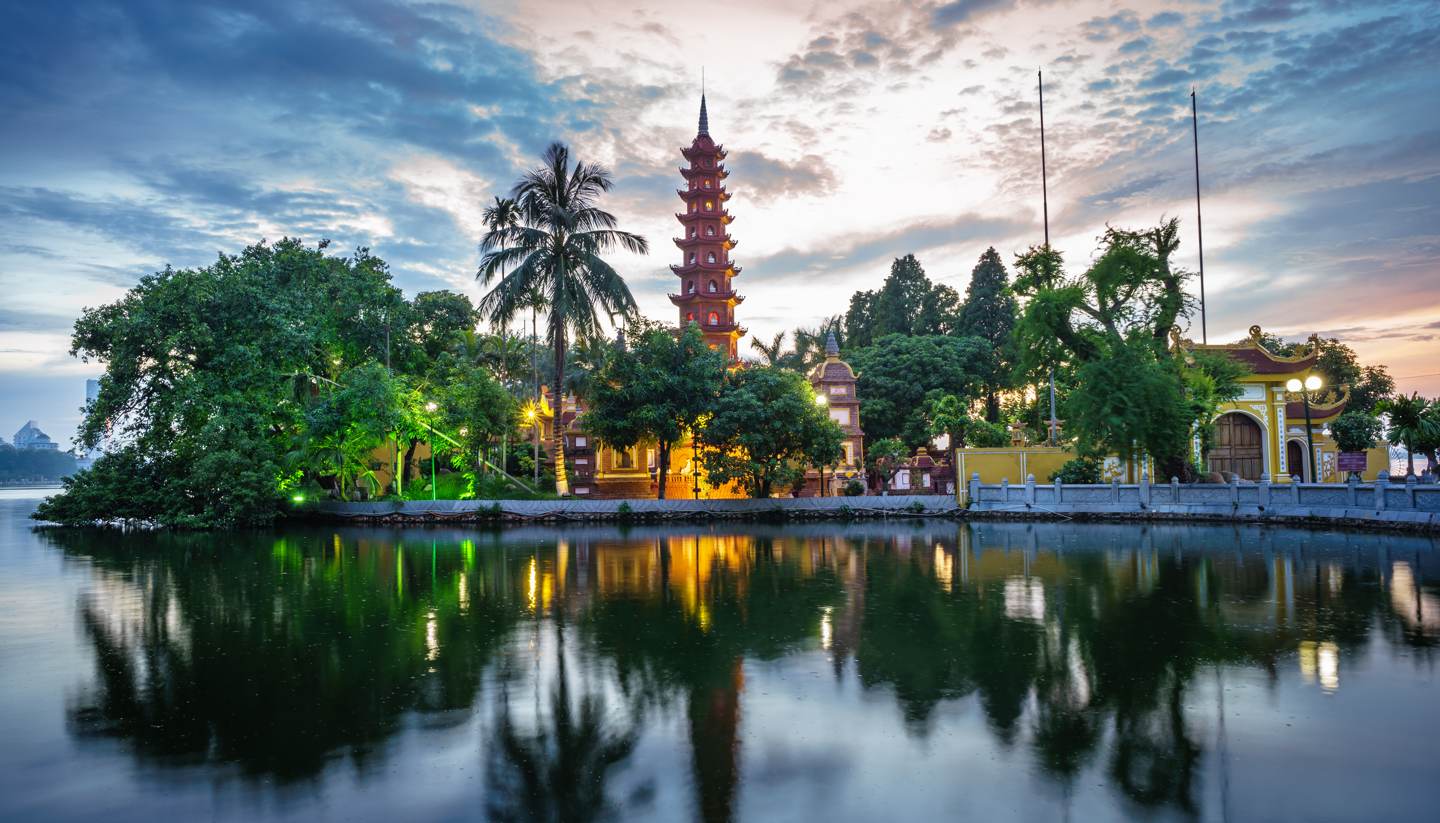Travel to Vietnam
Flying to Vietnam
Vietnam has three main international gateways: Tan Son Nhat International Airport in Ho Chi Minh City, Noi Bai International Airport in Hanoi, and Da Nang International Airport in central Vietnam. These airports serve as key entry points for travellers arriving from across Asia, Europe, Oceania, and beyond.
Vietnam Airlines, the national flag carrier, operates direct routes between Vietnam and various destinations in Asia, Europe, and Australia. Bamboo Airways, a newer entrant, also offers international flights and is expanding its long-haul services.
Other international carriers that fly to Vietnam include Air France, Emirates, Japan Airlines, Korean Air, Qatar Airways, Singapore Airlines, Thai Airways, and Turkish Airlines. Budget airlines such as AirAsia, Scoot, and VietJet Air also offer competitive fares and convenient connections from regional hubs like Bangkok, Kuala Lumpur, and Singapore.
Airport Guides
Tan Son Nhat International Airport
CodeSGN
LocationThe airport is located within the Ho Chi Minh city limits, about 8km (5 miles) north of the central business district.
Telephone+84 8 3848 5383.
AddressPhường 2Tân Bình
Find out more >
Flight times
From London to Ho Chi Minh City: 12 hr 30 mins (direct).
Travelling to Vietnam by Rail
Travelling to Vietnam by train is only possible from China. The main rail connection runs from Nanning in China to Hanoi in northern Vietnam. This international train service operates several times a week and is popular with travellers looking for an overland route into Vietnam.
The train crosses the border at the Dong Dang (Vietnam)–Pingxiang (China) checkpoint. Passengers must disembark here for immigration checks before continuing the journey. The final stop in Vietnam is Gia Lam station in Hanoi, which is a short distance from the city centre. The overnight train offers soft sleeper cabins and air-conditioning, making it a comfortable choice for long-distance travel.
There is also a longer rail option from Beijing, but this typically involves a change of trains in Nanning, or a slower journey down to the border before entering Vietnam via the same route.
Currently, there are no international rail links between Vietnam and either Laos or Cambodia.
Driving to Vietnam
Vietnam shares land borders with China to the north, Laos to the west, and Cambodia to the southwest, and each of these borders has designated international crossings that allow entry by road. While it is possible to drive into the country, travellers must navigate some bureaucratic hurdles, including paperwork for vehicles and the need for permits, so most overland visitors tend to arrive by bus or hired transport rather than in private cars.
The most frequently used crossings are:
• From Cambodia: The Bavet–Moc Bai border (connecting Phnom Penh with Ho Chi Minh City) and the Kaam Samnor–Vinh Xuong crossing near Chau Doc in the Mekong Delta.
• From Laos: Popular crossings include Nam Phao–Cau Treo (for access to central Vietnam and Vinh), and Dansavanh–Lao Bao, which leads to Dong Ha and onwards to Hue.
• From China: The most commonly used crossing is the Hekou–Lao Cai checkpoint, convenient for those travelling between Yunnan province and the northern regions of Vietnam, including Sapa and Hanoi.
Several international bus services operate between major cities in neighbouring countries and Vietnam. These buses are particularly popular on routes such as Phnom Penh to Ho Chi Minh City and Vientiane to Hanoi. Border procedures are usually straightforward, though they can take some time depending on traffic and paperwork.
Driving your own vehicle into Vietnam is possible but not straightforward. Foreign vehicles require advance permission, and drivers must be accompanied by a licensed guide, with itineraries pre-approved by the authorities. Most travellers undertaking such journeys do so as part of organised tours or overlanding expeditions.
Getting to Vietnam by boat
The most practical water route is between Cambodia and Vietnam, particularly along the Mekong River. Travellers can take boat services from Phnom Penh to Chau Doc in Vietnam's Mekong Delta. These journeys usually involve a fast boat or speedboat and include a stop at the river border for immigration formalities. It's a scenic and memorable way to enter the country, passing floating villages, rural landscapes, and local river life.
There are currently no scheduled ferry services from Thailand, Laos, or China into Vietnam.
Cruise ships
Cruise ships do visit Vietnam regularly as part of broader Southeast Asian itineraries, with stops in places like Ha Long Bay, Da Nang, and Ho Chi Minh City.



